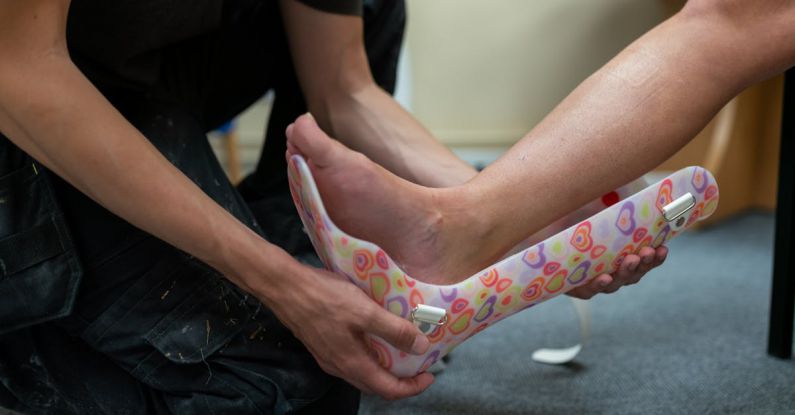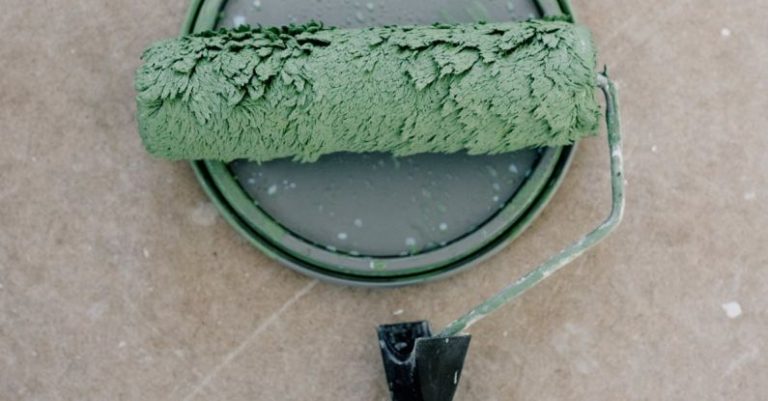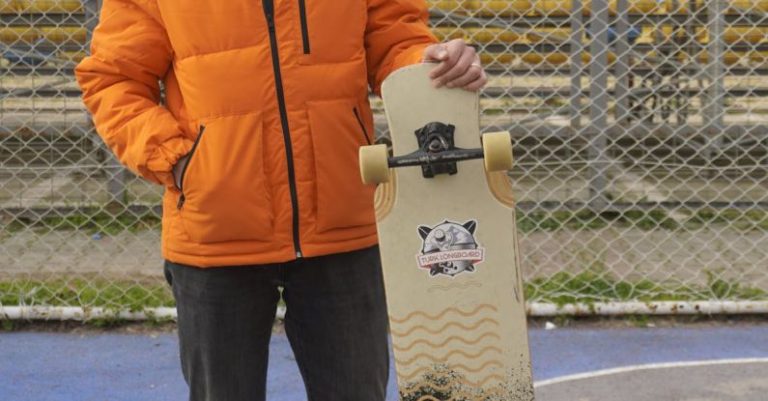The Basics of Molding and Casting with Composites
Working with composites offers a versatile and efficient way to create complex shapes and structures. Molding and casting with composites allow for the production of lightweight and durable parts, commonly used in industries such as aerospace, automotive, marine, and more. Understanding the basics of molding and casting with composites is essential for achieving high-quality results. In this article, we will explore the fundamental principles and techniques involved in working with composites.
Understanding Composites
Composites are materials made from two or more different components that, when combined, create a material with enhanced properties. The two main components of composites are the reinforcement material and the matrix material. The reinforcement material, often fiberglass, carbon fiber, or Kevlar, provides strength and stiffness to the composite. The matrix material, typically resin, binds the reinforcement material together and protects it from external factors such as moisture and heat.
Molding Techniques
There are several molding techniques used in composite manufacturing, each with its specific advantages and applications. The most common molding techniques include open molding, closed molding, and resin transfer molding (RTM).
Open Molding: Open molding is a simple and cost-effective technique where the reinforcement materials are laid up in an open mold, and the resin is manually applied. This method is ideal for producing large parts with relatively simple shapes.
Closed Molding: Closed molding techniques, such as vacuum bagging and compression molding, involve placing the reinforcement materials in a closed mold and applying pressure and/or vacuum to consolidate the materials. Closed molding techniques offer better control over the part’s quality and are suitable for producing parts with complex shapes.
Resin Transfer Molding (RTM): RTM is a process where resin is injected into a closed mold containing the dry reinforcement materials. The resin is forced through the mold under pressure, ensuring thorough impregnation of the reinforcement. RTM is commonly used for producing high-quality, high-strength parts with complex geometries.
Casting Techniques
Casting with composites involves pouring resin into a mold containing the reinforcement materials to create a solid part. The two main casting techniques used in composite manufacturing are open casting and centrifugal casting.
Open Casting: Open casting is a straightforward technique where the mixed resin is poured into an open mold containing the reinforcement materials. This method is suitable for producing flat or slightly curved parts and is often used for prototyping and small-scale production.
Centrifugal Casting: Centrifugal casting involves rotating the mold at high speeds while pouring the resin to force the material into the mold cavities. This technique is ideal for producing hollow or cylindrical parts with a uniform wall thickness.
Finishing and Post-Processing
Once the composite part has been molded or cast, it may require additional finishing and post-processing to achieve the desired surface finish and dimensions. Finishing techniques such as sanding, trimming, and painting can be used to enhance the part’s aesthetics and functionality. Post-processing steps may also include curing, heat treatment, or machining to improve the part’s mechanical properties.
In conclusion,
Mastering the basics of molding and casting with composites is crucial for achieving high-quality results in composite manufacturing. By understanding the principles and techniques involved in working with composites, manufacturers can create lightweight, durable, and complex parts for various industries. Experimenting with different molding and casting techniques and fine-tuning post-processing methods can lead to innovative solutions and advancements in composite technology.






